Discover the flavors of heritage as we explore the edible expressions of cultural traditions around the world.
In today’s world, walking through shopping malls, market stalls, and various shopping hubs across Bangkok, you’ll notice a significant increase in stalls selling ‘Mango Sticky Rice’ and ‘Durian Sticky Rice.’ Accompanied by all-you-can-eat fruit buffet festivals, these dishes have become popular souvenirs for tourists to take home as products of Thailand. Recently, these delicacies have even taken Sweden by storm, with people eagerly queuing up for a taste.
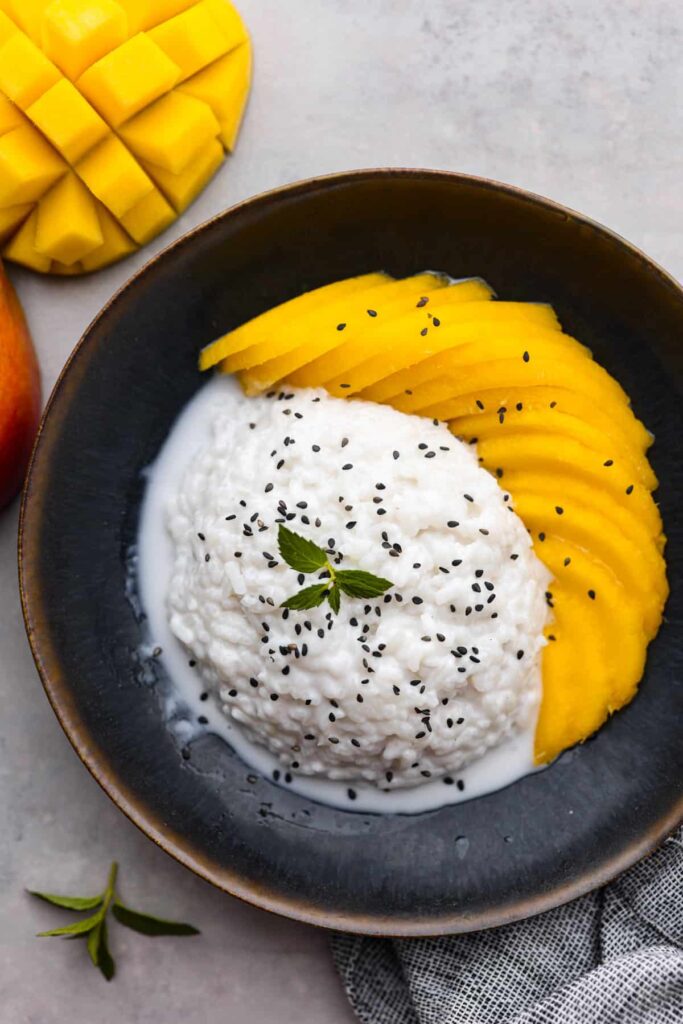
At first glance, the surge in popularity of mango sticky rice and durian sticky rice over the past two to three years might seem like a direct result of the ‘Soft Power’ wave, initially sparked by the rap lyrics of Milli, a 19-year-old singer who wowed audiences on a global stage. This momentum has since been adopted as a key agenda item by the government.
However, when it comes to food, its journey through human history reveals its role in delivering ‘cultural waves’ on its own. This simplicity makes food one of the most effective ways to present the identity of a region.
In essence, mango sticky rice or durian sticky rice involves a straightforward cooking process—steaming sticky rice, mixing it with sweet coconut milk, and garnishing with beans, accompanied by’mango’ or ‘durian.’ Despite its simplicity, this dish involves complex factors like ingredients and seasons that contribute to its unique character, especially when it travels abroad.
The cost of transporting ingredients prevents Thai restaurants overseas from using mangoes and durians from Thailand every time. They often opt for more affordable and locally available alternatives from regions like South America, leading to variations in the ‘mune’ process depending on the ingredients, resulting in different levels of sweetness or other menu adjustments when the main ingredients are scarce.
While it may not be 100% authentic Thai flavor, what is conveyed in each dish extends beyond taste—it encompasses the feelings of the diner, who experiences the ‘uniqueness’ with each bite. Different people from various backgrounds may recall unique experiences upon tasting mango sticky rice or durian sticky rice.
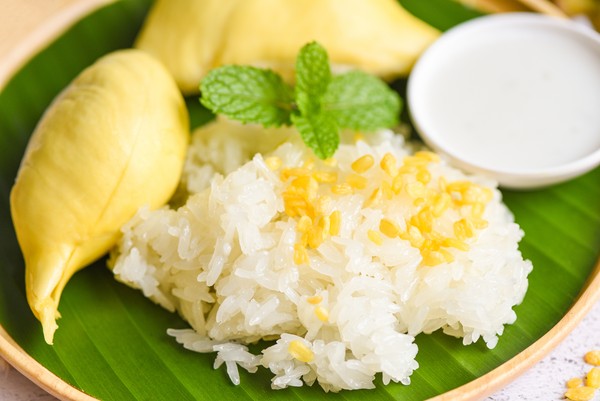
Moreover, while mango sticky rice is a Thai dish, its format is more Southeast Asian, with similar dishes found in the Philippines, Indonesia, Malaysia, and Laos. However, the cultural exchange through food is successful the moment the dish is tasted and shared.
This is similar to the journey of foods like sushi, ramen, Korean BBQ, or various Chinese cuisines, which have crossed oceans and introduced East Asian culture decades ago.
These dishes might not always be completely authentic, may vary by region, and might use local ingredients, but they still represent a culture with roots traceable to their origin.
Thus, food is an effective medium for cultural exchange. Compared to other methods, it has lower costs, requires reasonable knowledge, and carries cultural connections that don’t need elaborate explanations. They are backed by stories and heritage.
Mango Sticky Rice ranks among the world’s top 50 desserts, alongside other Thai dishes like Khanom Krok and Pad Thai, which are must-try items for tourists.
At times, culture can be as simple as this—transmitted without words and understood through the senses, creating an understanding that surpasses lengthy explanations.








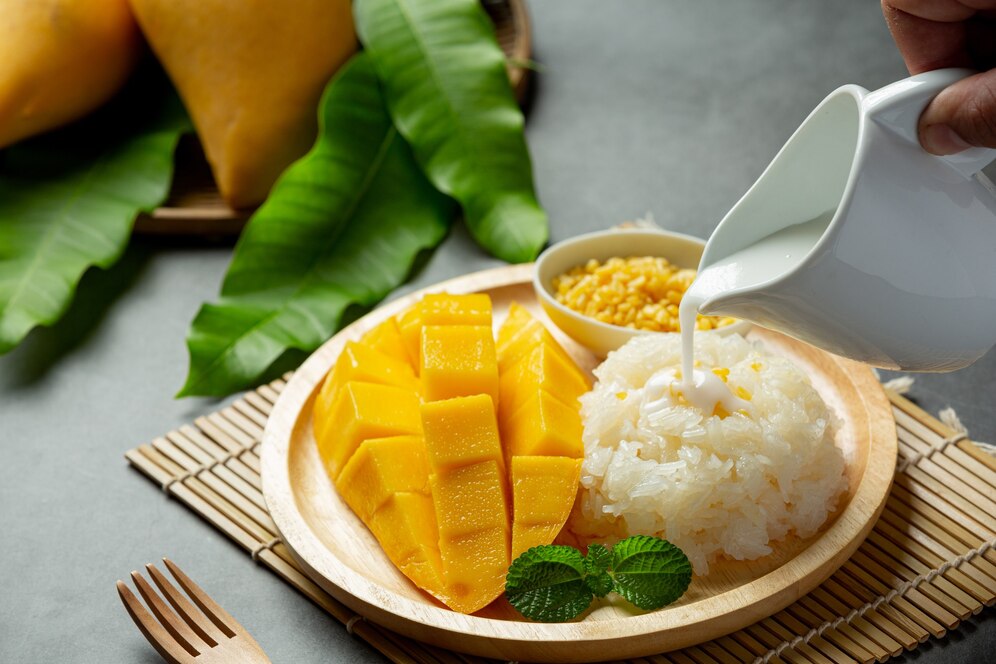

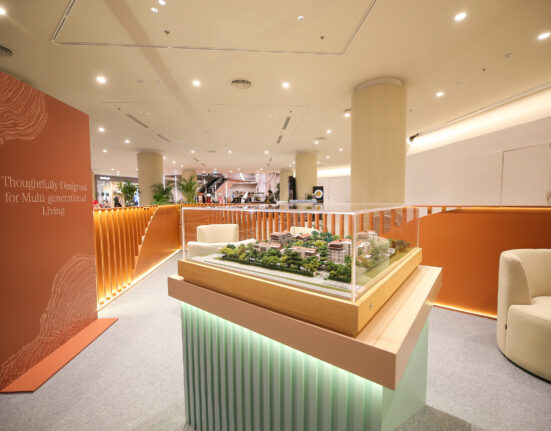
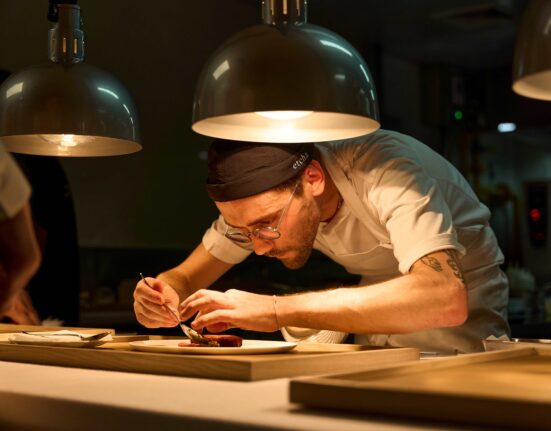
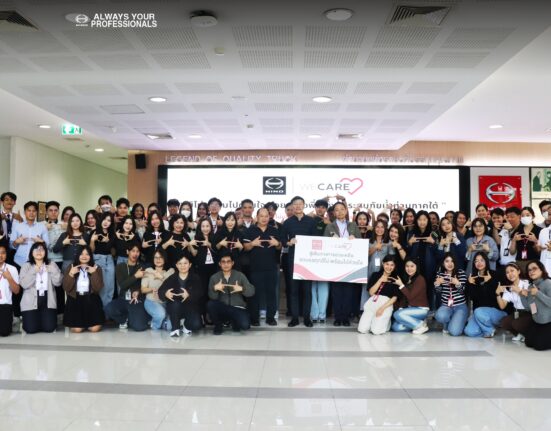


Leave feedback about this